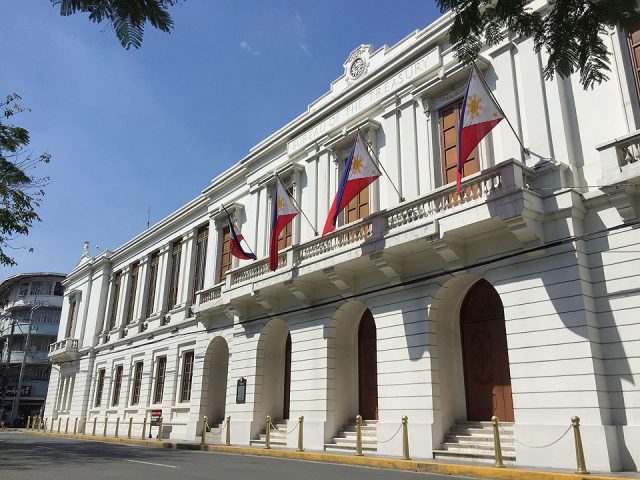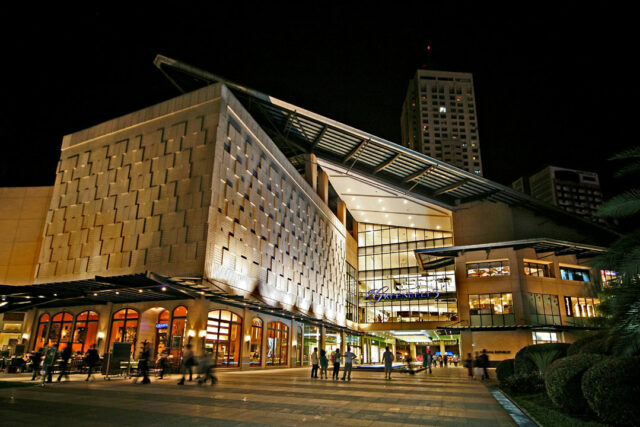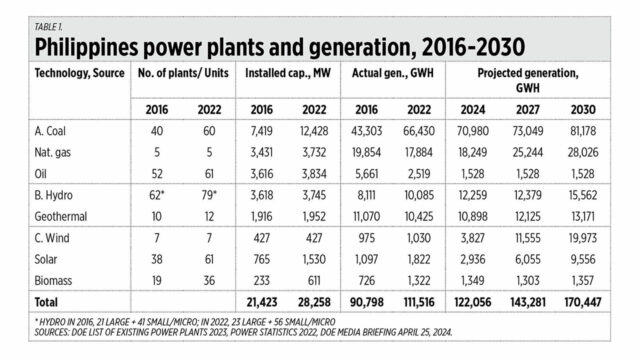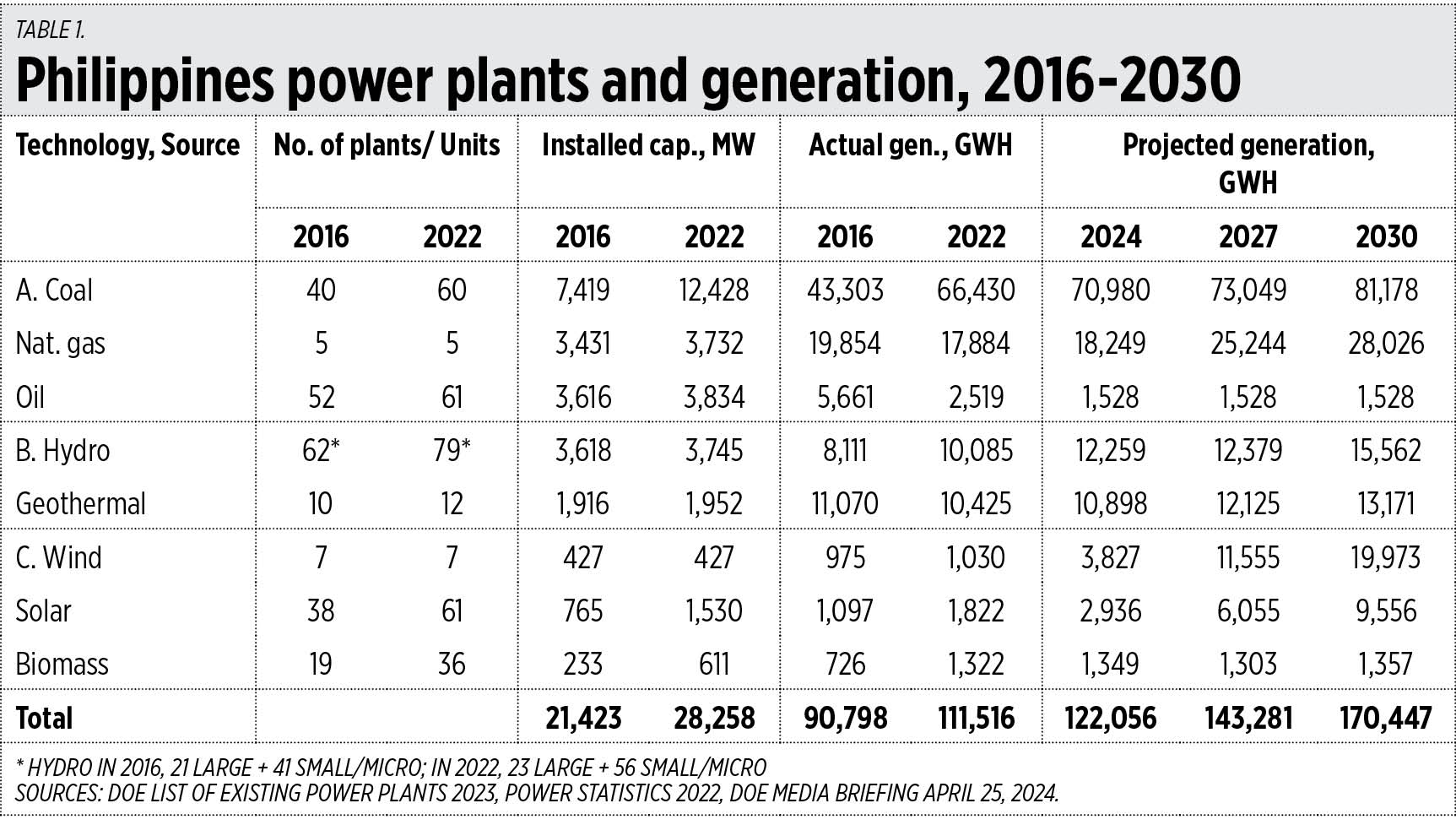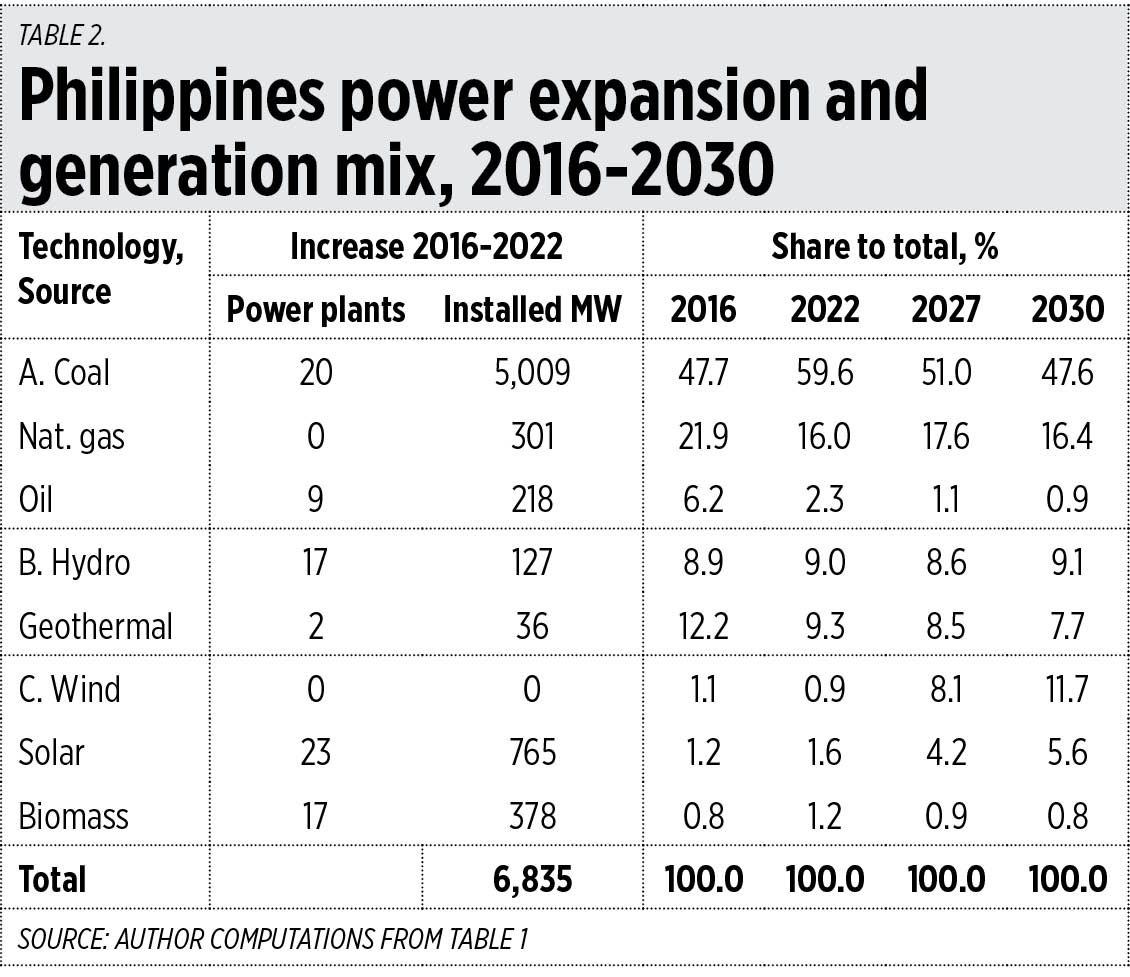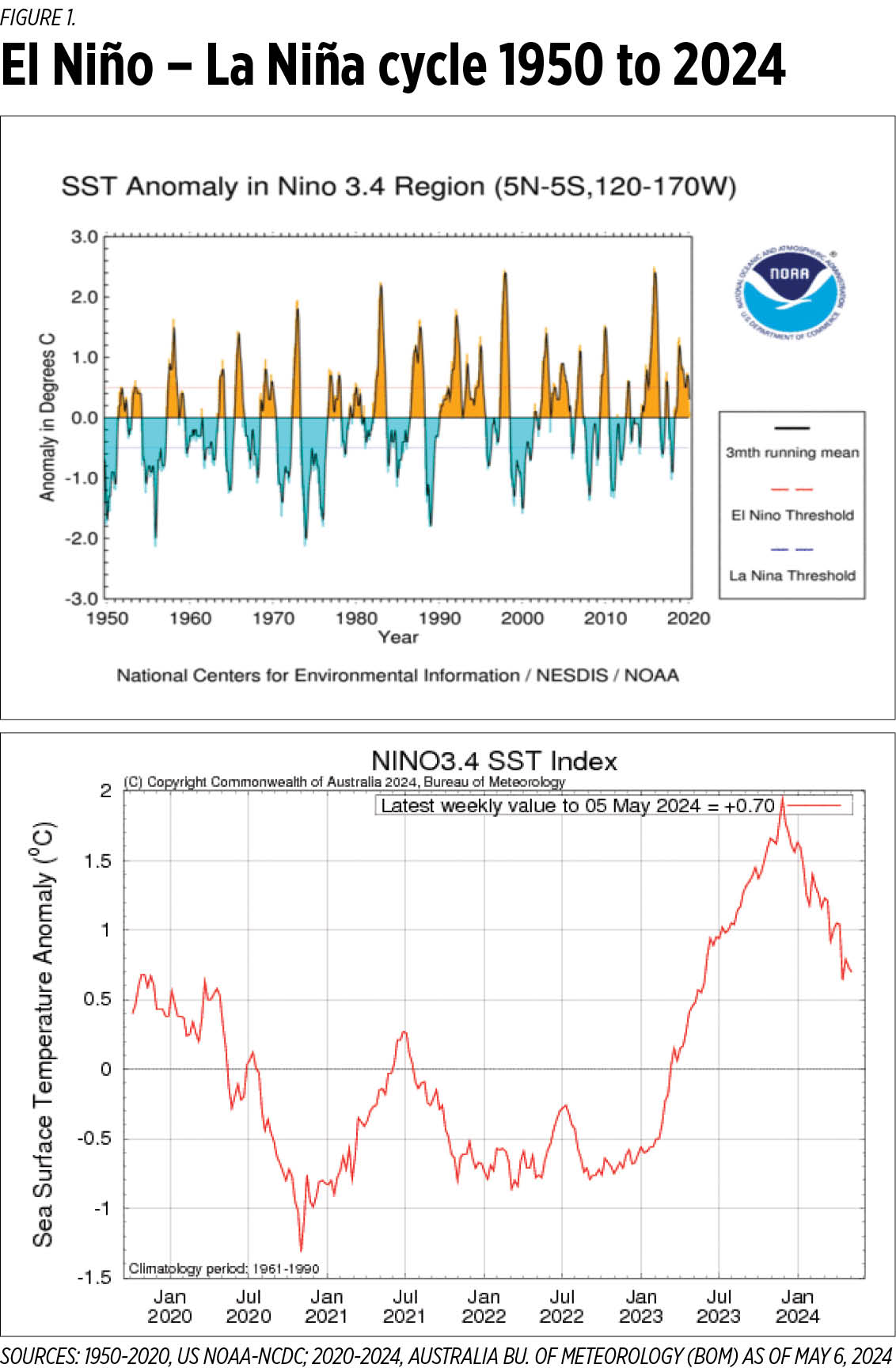Gov’t fully awards Treasury bills as yields drop on Fed cut hopes
THE GOVERNMENT made a full award of the Treasury bills (T-bills) it offered on Monday as yields went down as softer-than-expected US jobs data boosted US Federal Reserve rate-cut bets.
The Bureau of the Treasury (BTr) raised P15 billion as planned from the T-bills it offered on Monday as total bids reached P52.947 billion, or over thrice the amount on the auction block.
Broken down, the BTr borrowed P5 billion as programmed from the 91-day T-bills as tenders for the tenor reached P19.037 billion. The three-month paper was quoted at an average rate of 5.78%, 8.9 basis points (bps) lower than the 5.869% seen last week. Accepted rates ranged from 5.77% to 5.79%.
The government likewise made a full P5-billion award of the 182-day securities, with bids reaching P16.31 billion. The average rate for the six-month T-bill stood at 5.93%, down by 5.8 bps from the 5.988% fetched last week, with accepted rates at 5.893% to 5.954%.
Lastly, the Treasury raised P5 billion as planned via the 364-day debt papers as demand for the tenor totaled P17.6 billion. The average rate of the one-year debt dropped by 2.5 bps to 6.056% from the 6.081% quoted last week. Accepted yields were from 6% to 6.065%.
At the secondary market before the auction, the 91-, 182-, and 364-day T-bills were quoted at 5.8577%, 5.9309%, and 6.0642%, respectively, based on PHP Bloomberg Valuation Service Reference Rates data provided by the BTr.
“The awarded T-bill rates today went lower after the US economy posted fewer new non-farm jobs in April 2024 relative to market expectations,” a trader said in an e-mail on Monday.
Rizal Commercial Banking Corp. Chief Economist Michael L. Ricafort said in a Viber message that the softer US jobs data could support more rate cuts from the Fed this year.
US job growth slowed more than expected in April and the increase in annual wages fell below 4% for the first time in nearly three years, but it is probably too early to expect that the Federal Reserve will start cutting interest rates before September as the labor market remains fairly tight, Reuters reported.
The Labor department’s closely watched employment report on Friday also showed the unemployment rate rising to 3.9% from 3.8% in March amid increasing labor supply. Nonetheless, the jobless rate remained below 4% for the 27th straight month. Data last week showed job openings declining in March.
Signs of labor market cooling raised optimism that the US central bank could after all engineer a “soft landing” for the economy and doused chatter of stagflation, which had been fanned by news of a sharp moderation in economic growth and a surge in inflation in the first quarter. Financial markets boosted the odds of a September rate cut and saw the Fed reducing borrowing costs twice this year instead of only once before the data.
Nonfarm payrolls increased by 175,000 jobs last month, the fewest in six months, the Labor department’s Bureau of Labor Statistics said. Revisions showed 22,000 fewer jobs created in February and March than previously reported. Economists polled by Reuters had forecast payrolls advancing by 243,000. Estimates ranged from 150,000 to 280,000. April’s employment gains were below the 242,000 monthly average for the past year.
Markets are now pricing in 45 bps of cuts this year, with a rate cut in November fully priced in.
The Fed last week kept its target rate unchanged at the 5.25%-5.5% range for a sixth straight meeting, as expected, but signaled it was still leaning towards eventual rate cuts, even if they may take longer to come than initially expected.
The US central bank raised borrowing costs by a cumulative 525 bps from March 2022 to July 2023.
On Tuesday, the BTr will offer P30 billion in reissued 10-year Treasury bonds (T-bonds) with a remaining life of nine years and eight months.
The Treasury wants to raise P210 billion from the domestic market this month, or P60 billion from T-bills and P150 billion via T-bonds.
The government borrows from local and foreign sources to help fund its budget deficit, which is capped at P1.48 trillion or 5.6% of gross domestic product for this year. — Aaron Michael C. Sy with Reuters

